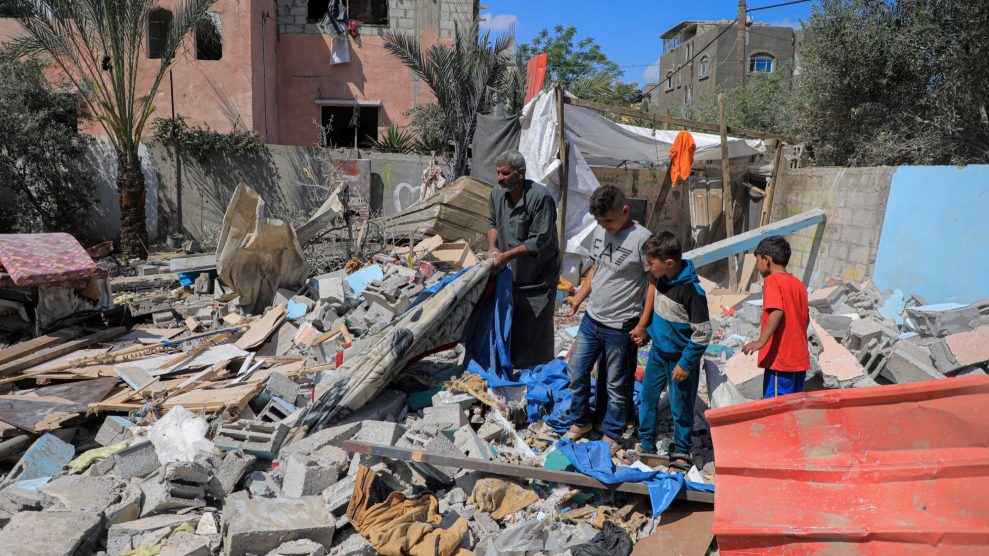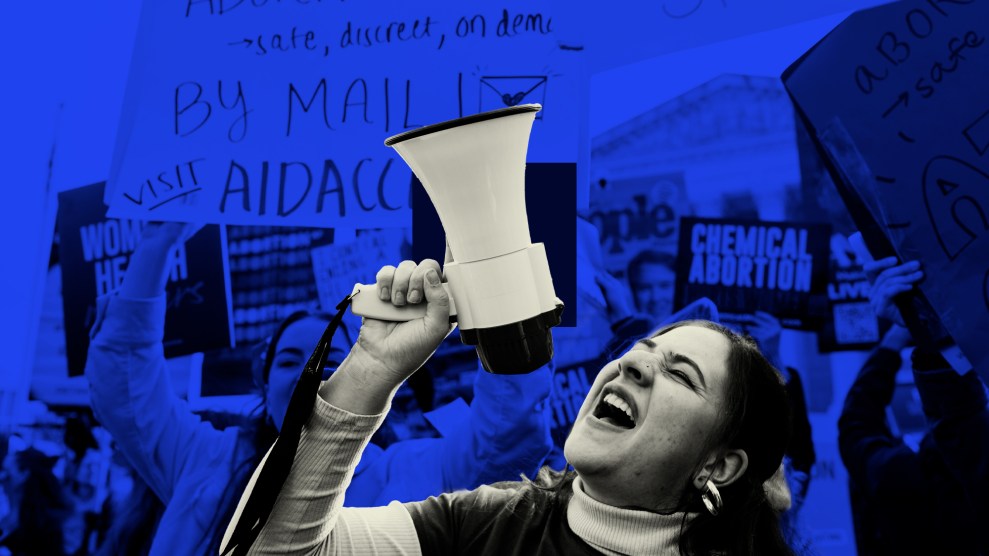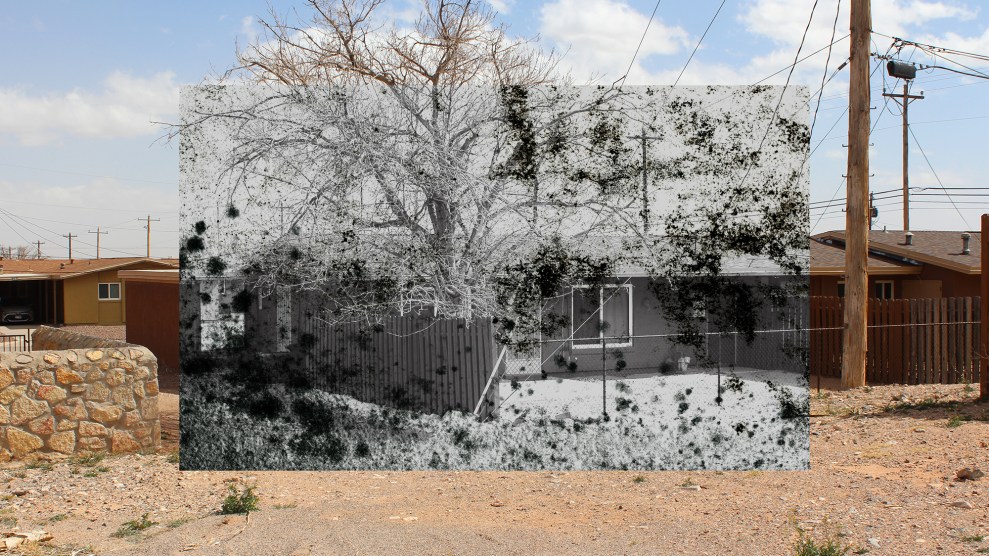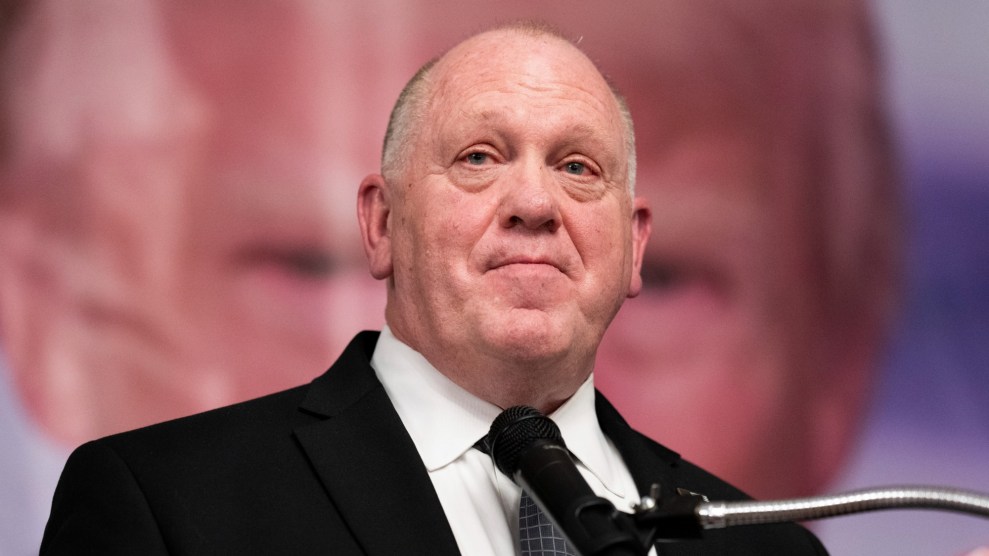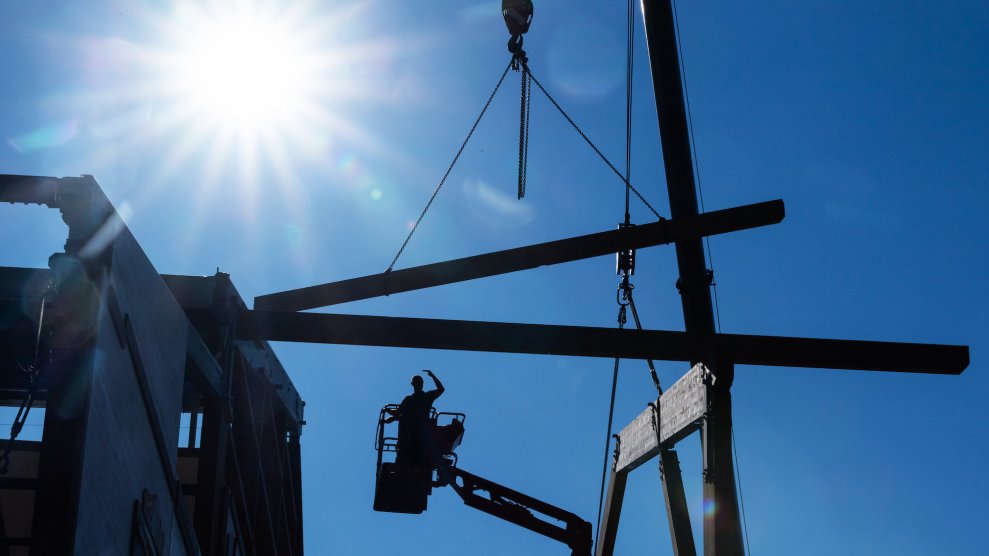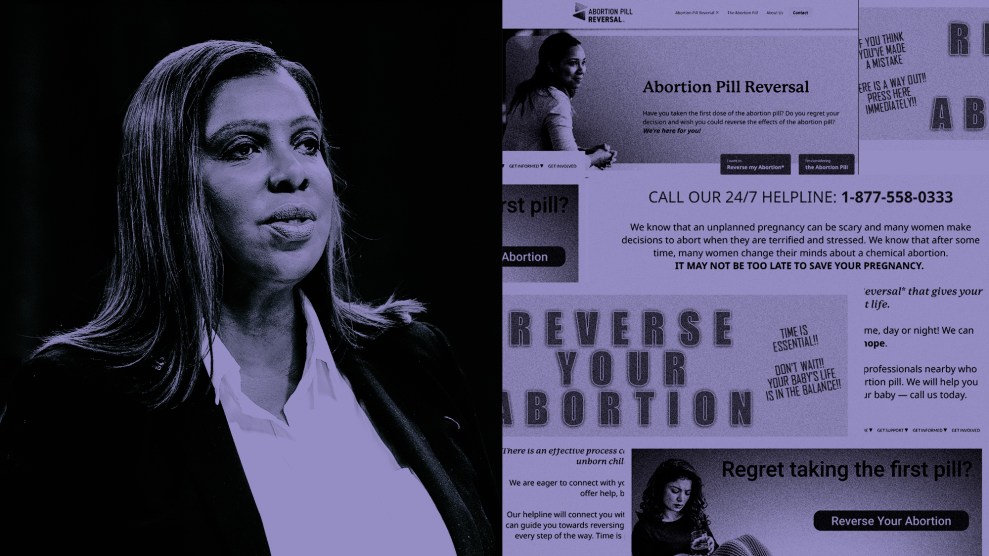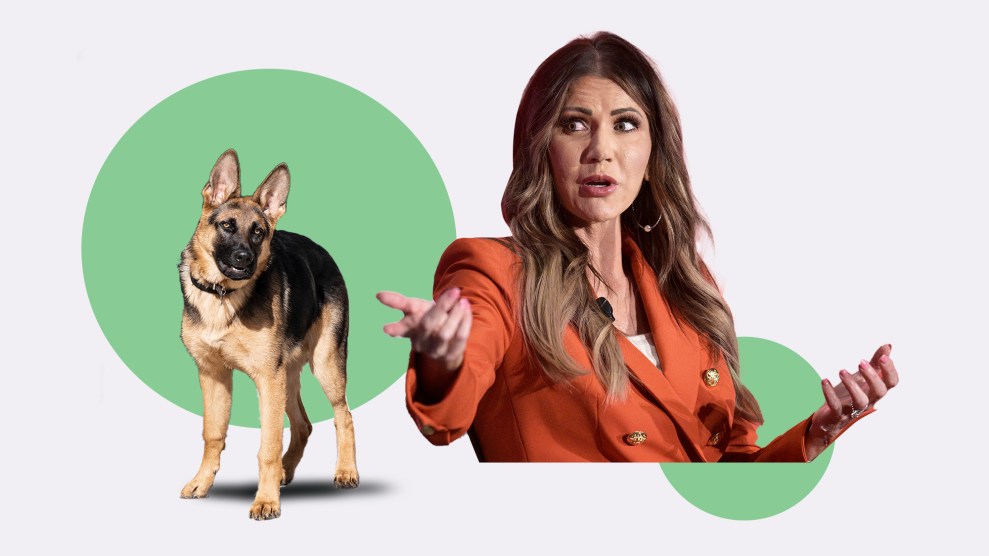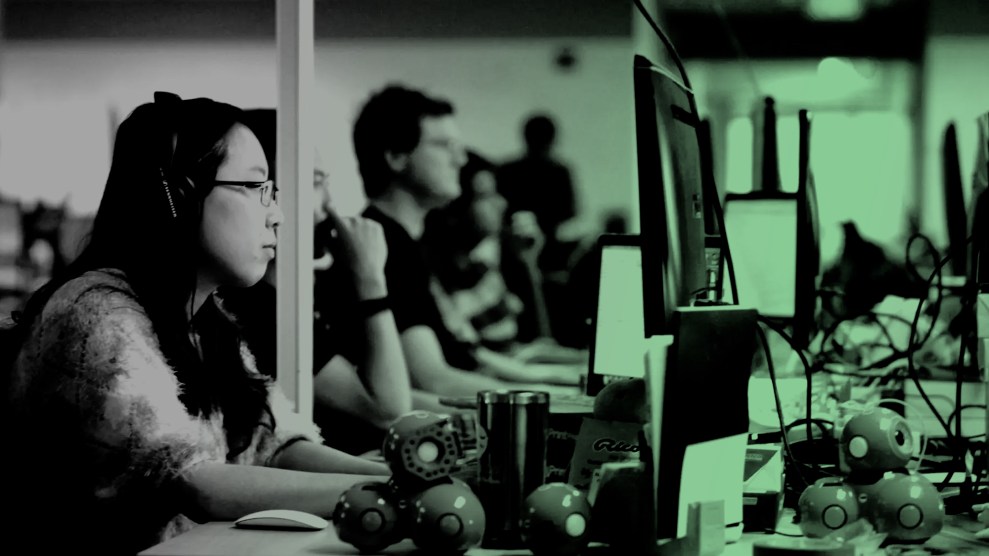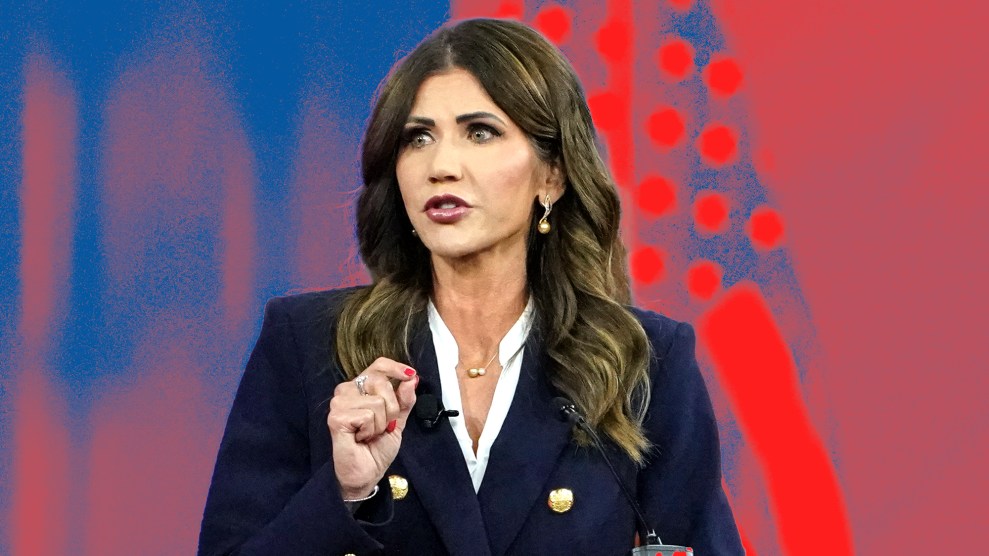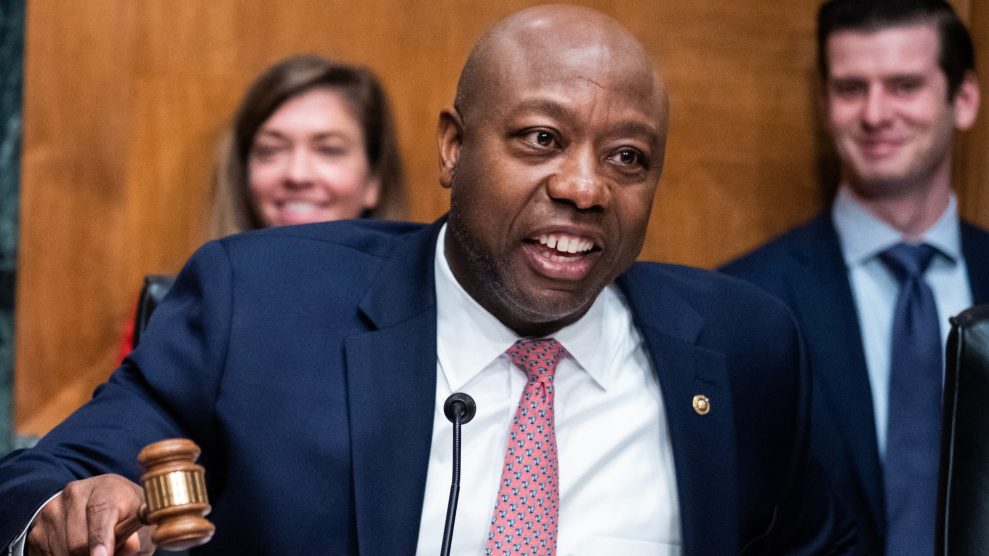
Pro-Palestinian demonstration encampment at Columbia University on April 26, 2024.Yuki Iwamura/AP
In the early morning, one can hear the birds perched on trees around the Gaza Solidarity Encampment at Columbia University. Farther off, there are sounds of protest and counterprotest. But inside the camp itself—technically the second camp after the New York Police Department cleared out the first and caused even more national attention to focus on this campus lawn—the resistance is often quieter if steady: a community formed to call for ceasefire, divestment, and the end to war.
This is a village built overnight. On April 17, student activists descended on the lawn outside the library—which had already been locked off to outsiders without a student identification card—and set up green tents and Palestinian flags. It was planned for the same day Columbia President Minouche Shafik appeared before Congress to discuss antisemitism on college campuses. The protesters hoped to call attention to the role of the United States and Columbia University in supporting Israel. Since Hamas’ attack on October 7, in which more than 1,000 Isrealis were killed and 129 hostages were taken, the Israeli government has waged a war that has led to more than 34,000 dead Palestinians and led Gaza to the brink of famine.
Following her testimony, Shafik called the New York Police Department, which came in wearing riot gear, and students involved in the protests gained new energy. They quickly built a second encampment. Student demands have remained: that Columbia’s endowment divest from companies they say enable the conflict; that Columbia be transparent about its investments going forward; and that amnesty be provided for all students and faculty who have participated in protests. They hope to center the struggles in Gaza, where Israel is on the brink of a potential invasion of Rafah.
Inside the encampment over the past week, I have found life different than most social media posts and news coverage might have you believe.
Students are not only protesting but attempting to create a new world. Within the camp, there is a certain normalcy in the daily communal flow. The few hundred students here—who each night come outside despite memories of the NYPD’s charge—wake up each morning, stretch, and brush their teeth. An IKEA table serves as an ersatz whiteboard, where students can see daily programming. Next is a morning assembly where leaders update everyone on the status of negotiations between protesters and the administration. Occasionally there are guest speakers and lectures.
“If you look at Fox News, we’re all Hamas supporters,” Sherif Ibrahim, a student organizer who said he is studying film, told me. “But I will say, inside the camp—everything happening is beautiful. It’s a show of love and community and solidarity and a seeking of justice.” Ibrahim described events from across the university that have been moved into the camp and food flowing from people across the city. “It’s been so meaningful and so moving,” he said.
When there is tension here, it arises at night. And there are often rumors. A few nights ago, one spread that the National Guard would be called in for a sweep. Quickly, the encampment was broken down to avoid injury. Once it became clear this was a false alarm, tents came back up. Programming continued the next day as if nothing had happened.
There have been moments, too, of internal tensions. On Thursday evening, comments by one of the student protesters resurfaced. “Zionists don’t deserve to live,” he said in a video. “Be grateful that I’m not just going out and murdering Zionists.” Students I spoke with told me the leader has apologized to the encampment and taken a step back from leadership. “He misspoke, and he disowned his own words, and he apologized,” Ibrahim told me. “And we want to center that.”
Those in the encampment say they are attempting to build the kind of community they would like to see in the world. There is a first aid tent, hot food, cold sandwiches, and snacks served at all hours. There have been Passover celebrations, including matzo ball soup, for the many Jewish students protesting, too. The Jewish students I spoke with who are participating in protests reject the idea that the camp is antisemitic. It is “totally unrecognizable to me as a Jewish person who’s celebrated Seder here,” Sarah, a Columbia student who did not give her last name for fear of punishment, told me.
For Ibrahim the encampment has been “an experiment in building a small society in a way that is humane and communal and community-centered.” He describes the protest as “an experiment” in “making meaning together, and shaping our collective future together as students. It’s an experiment in true actual democracy.”
This Friday evening, they plan to hold another Shabbat. For all the noise outside—the protesters and politicians—it is another night in an attempt at a model community. “It’s been incredible to see other students understand what we’re doing,” Ibrahim said, referring to other encampments across the country. “It’s happened in the span of nine days.”
